Summer in Japan is a season characterized by its unique heat, humidity, and vibrant events. After the rainy season, which starts in June, the intense heat influenced by the Pacific high-pressure system sets in. During this time, cities like Tokyo, Osaka, and Nagoya experience consecutive days with temperatures exceeding 30 degrees Celsius, and the temperature often remains high even at night. Here, we will explore why it gets so hot and share some tips to make the season more bearable.
Characteristics of Summer in Japan

Summer in Japan has unique features shaped by its climate and culture. During the rainy season from June to July, humidity is high, and there is a lot of rainfall. Once this period ends, the real summer begins, with consecutive days of temperatures exceeding 30 degrees Celsius. In urban areas, the heat island effect can cause temperatures to remain high even at night.
Japanese summer is also marked by traditional events such as fireworks displays, summer festivals, and Bon Odori dances. People often wear yukatas and enjoy these events. During the summer holidays, children play at the beach or in pools, and families often go on trips.
Additionally, the summer food culture in Japan is distinctive. Cold noodles, shaved ice, and watermelon are popular for staying cool. Somen and hiyashi chuka are especially common dishes enjoyed at home.
Why Summer in Japan is Hot
So, why is summer in Japan so hot? The answer lies in two main factors: climate zone and geography.
Climate Zone

Japan belongs to a humid climate zone. During the summer, the Pacific high-pressure system extends over the region, bringing warm, moist air. This high-pressure system leads to prolonged sunny weather, causing daytime temperatures to rise. Additionally, Japan is susceptible to seasonal winds, with warm winds from the south intensifying the summer heat. High humidity also contributes to the sensation of higher temperatures.
Geography

Japan is an island nation surrounded by the sea and characterized by a mountainous terrain. It is heavily influenced by a maritime climate, which results in high humidity. The mountains in Japan separate the climate of inland areas from coastal regions, sometimes causing a phenomenon known as the Foehn effect. This effect occurs when winds descend over mountains, becoming compressed and warming, leading to localized high temperatures. In urban areas, the heat island effect traps heat in asphalt and concrete, making it difficult for temperatures to drop even at night. This makes summer heat particularly intense in cities.
These factors together create the uniquely hot and humid summers experienced in Japan.
Particularly Hot Cities in Japan During Summer
Even among Japan’s hot summers, some cities are particularly known for their intense heat. Here, we introduce a city famous for its scorching summer temperatures.
Kumagaya, Saitama Prefecture
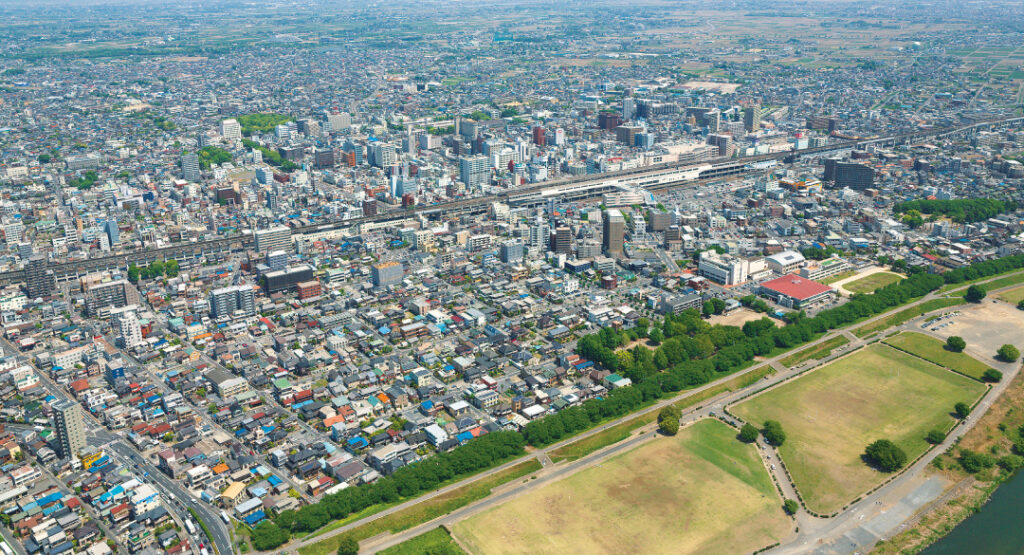
Kumagaya in Saitama Prefecture is well known for its extremely high summer temperatures. The city has recorded a maximum temperature of 41.1 degrees Celsius and is frequently highlighted in the media as a “hot town.” The reasons for this intense heat include the warm air from the urban heat island effect in central Tokyo and the Foehn winds from the Chichibu Mountains intersecting overhead. These factors make Kumagaya one of the hottest regions in Japan.
Tajimi, Gifu Prefecture
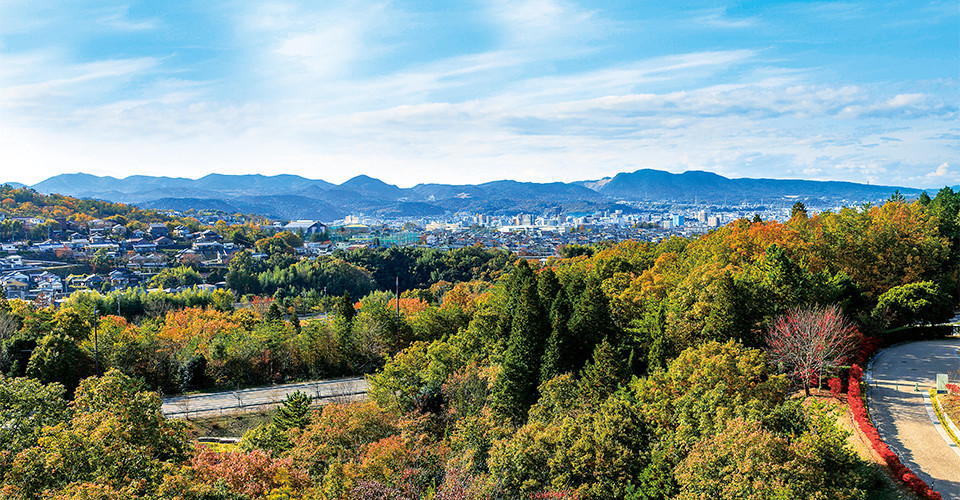
Tajimi City, located in the Tono region of Gifu Prefecture, is famous for its extreme heat, recording a maximum temperature of 40.9 degrees Celsius in summer. Being a basin surrounded by mountains, it is susceptible to hot Foehn winds from the north, while cool sea breezes have difficulty reaching the area, contributing to the intense heat. However, there are relatively few tropical nights. Tajimi is renowned for its Mino ware ceramics, and recently, the Mosaic Tile Museum has become a popular Instagram-worthy spot. The city is also accessible from Nagoya, being just about an hour away.
Kyoto, Kyoto Prefecture
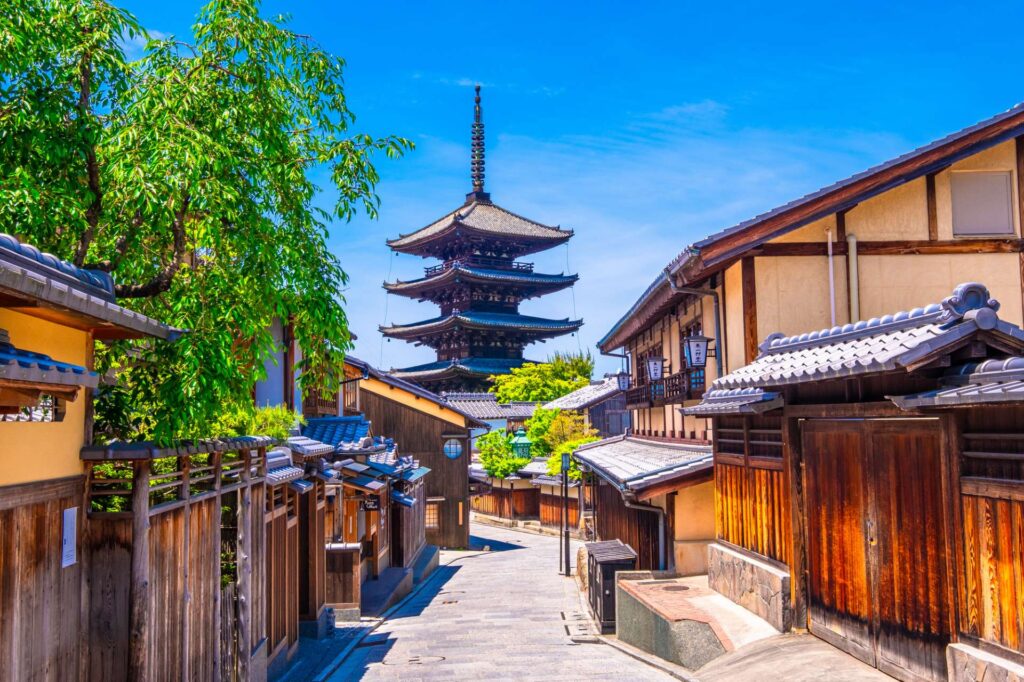
Surprisingly, Kyoto is also famous for its scorching summers. Kyoto City experiences an average of 23.8 days per year with temperatures above 35 degrees Celsius, the highest among the capitals of Japan’s 47 prefectures. The average maximum temperature in August is 33.7 degrees Celsius, making it the highest in the nation. While temperatures above 40 degrees Celsius have never been recorded, Kyoto is consistently a very hot city.
The reasons for Kyoto’s intense heat include its basin geography, surrounded by mountains on all sides except the south, which traps heat. Additionally, the heat island effect and its distance from the sea amplify the heat. For example, Kyoto is about 40 to 50 km away from Osaka Bay, so it barely receives any cooling sea breezes.
Furthermore, the cool winds from Lake Biwa to the east are blocked by mountain ranges such as Mount Hiei. As a result, Kyoto tends to be exceptionally hot compared to other major cities.
Shimanto, Kochi Prefecture
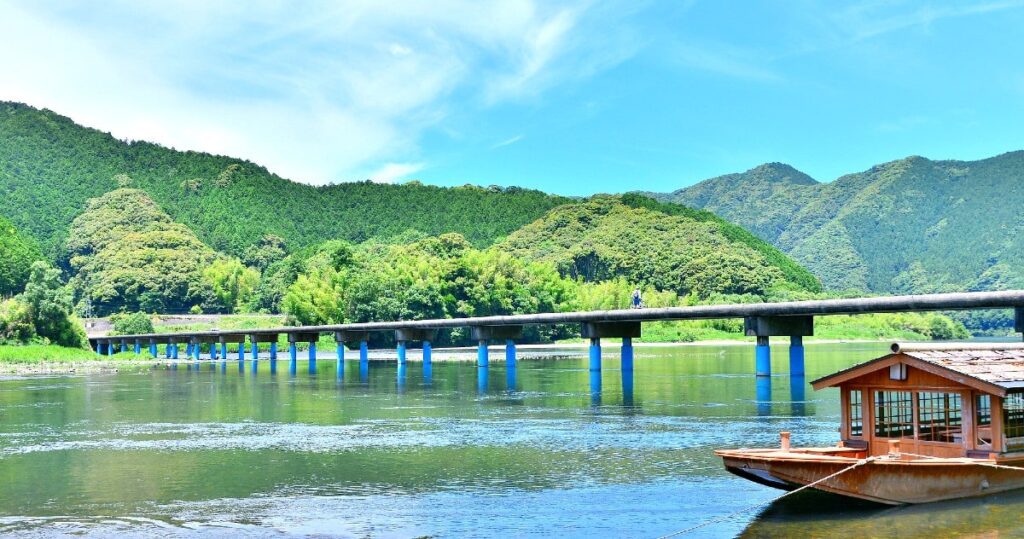
Shimanto City in Kochi Prefecture has recorded a maximum temperature of 41.0 degrees Celsius and is the only city in Japan to have experienced four consecutive days with temperatures above 40 degrees. Due to its inland location, it is heavily affected by the Foehn winds from the northwest, and it receives little cooling sea breeze from the Pacific Ocean, resulting in extreme heat. The city capitalizes on this by promoting itself as “the hottest town in Japan.”
As a tourist destination, Shimanto City features the Shimanto River, the longest first-class river in Shikoku, where visitors can enjoy the picturesque sinking bridges and river rafting.
Hamamatsu, Shizuoka Prefecture
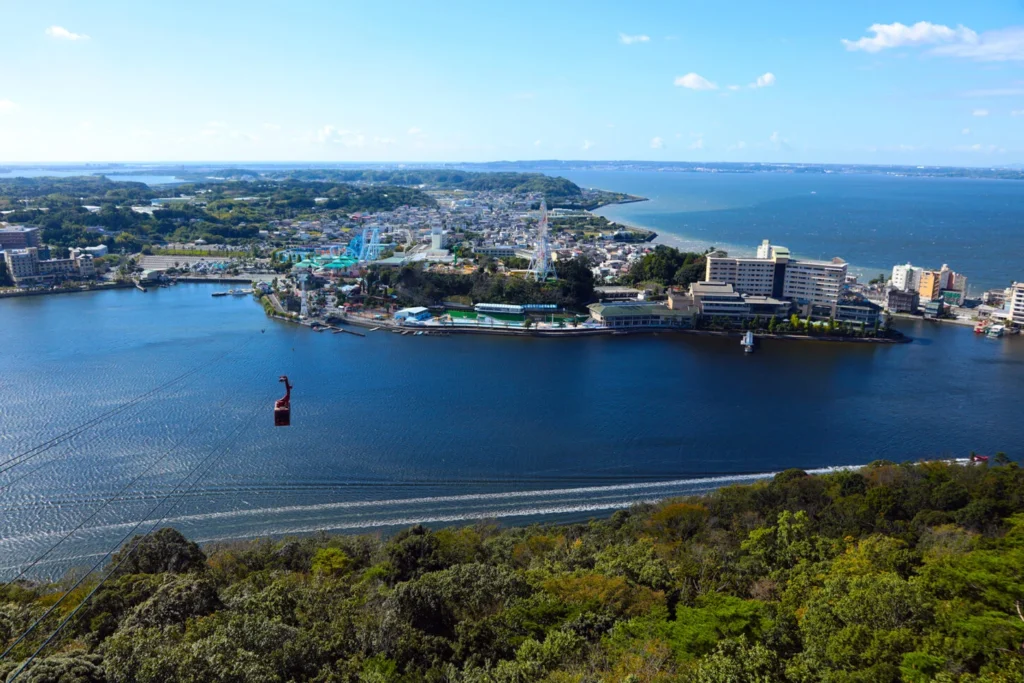
Hamamatsu City, located in western Shizuoka Prefecture, is an exceptionally hot city, recording temperatures as high as 41.1 degrees Celsius. In the mountainous areas, the Foehn phenomenon can cause some of the highest temperatures in the country, while the plains also experience extreme heat with days exceeding 35 degrees Celsius. As a tourist destination, Hamamatsu boasts attractions such as Hamamatsu Castle, Lake Hamana, and the Kanzanji Onsen area. Additionally, it is home to Nakatajima Sand Dunes, one of Japan’s three major sand dunes.
How to Avoid Heatstroke
As we have seen, Japan’s summer is characterized by high temperatures and humidity, which significantly increase the risk of heatstroke. Here are some tips on how to avoid heatstroke:
Proper Hydration
Regular hydration is crucial. Make it a habit to drink fluids before you feel thirsty. Especially when you are outdoors or exercising, always carry water or sports drinks and drink regularly. Sports drinks help replenish electrolytes lost through sweat.
Avoid Direct Sunlight
When going out, use hats or umbrellas to avoid direct sunlight. Try to walk in the shade and take appropriate breaks in cool places. Especially from noon to 3 PM, when temperatures are highest, it is advisable to avoid going out if possible.
Choose Appropriate Clothing
Select clothing made of breathable materials and aim for thin, lightweight attire. Clothes with moisture-wicking properties help you stay comfortable even when sweating. Light-colored clothing reflects the sun’s heat, making you feel cooler compared to dark-colored clothes.
Use Air Conditioners and Fans
Indoors, maintain a proper room temperature using air conditioners and fans. The recommended air conditioner setting is around 28 degrees Celsius. Using a fan in combination with the air conditioner helps circulate cool air and efficiently cool the room.
Manage Your Health
Pay attention to your health regularly and ensure you get enough sleep, which is also effective in preventing heatstroke. Since people tend to get tired easily in summer, aim for a balanced diet to maintain your strength. If you experience initial symptoms of heatstroke (dizziness, lightheadedness, headache, nausea), move to a cool place immediately and hydrate.
By following these methods, you can prevent heatstroke and stay safe during Japan’s hot and humid summer.
Summary
Summer in Japan is characterized by high humidity and extreme heat. This is due to the influence of the Pacific high-pressure system, the humid climate, and the geographical features of the country. To stay cool, measures such as using air conditioning, sprinkling water, resting in cool places, wearing breathable clothing, and staying hydrated are effective. To avoid heatstroke, it is important to practice appropriate hydration, avoid direct sunlight, choose suitable clothing, use air conditioners or fans, and manage your health. By utilizing these methods, you can enjoy a comfortable and safe summer.



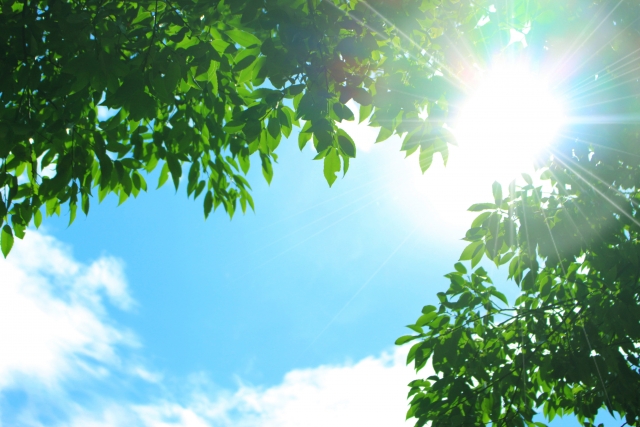



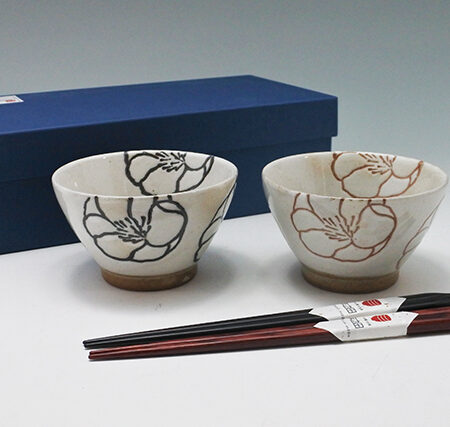

コメント